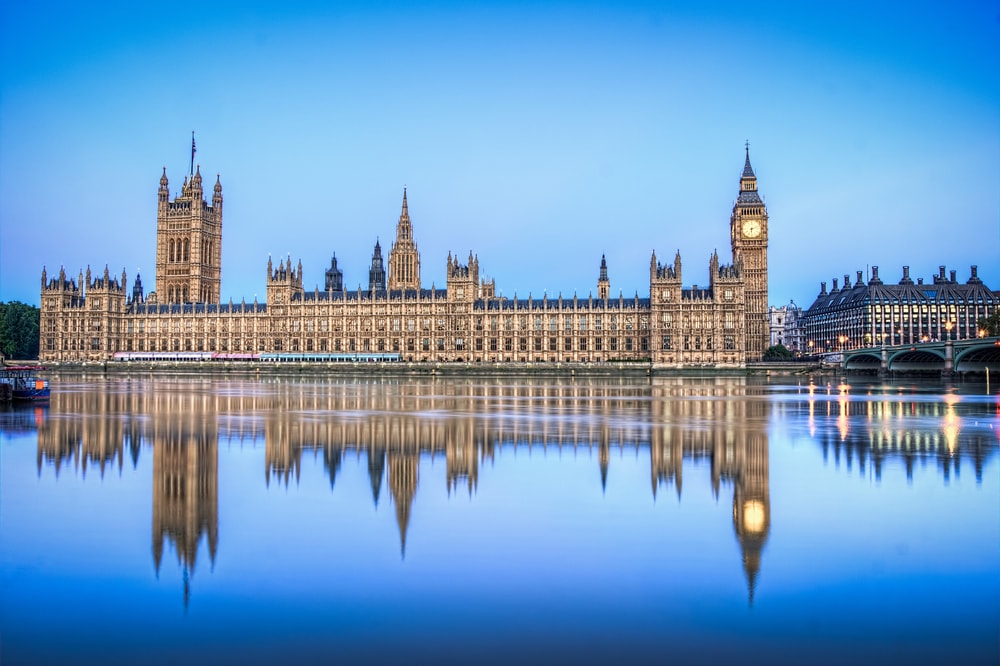The government should rethink its plans to include pensions in the scope of inheritance tax (IHT) and consider ‘simpler’ alternative approaches proposed by The Investing and Saving Alliance (TISA), the organisation has argued.
In the 2024 October Budget, Chancellor, Rachel Reeves, announced that unspent pension pots will be subject to IHT from April 2027.
TISA said its alternative approaches aimed to reduce the burden of dealing with complex rules and ensure that families avoid unnecessary delays, while still achieving ‘comparable’ fiscal outcomes for the government.
It argued that this would provide certainty for consumers, and that it was appropriate for pensions to remain outside of the IHT regime and have their own tax system instead, as pension funds are partly funded through tax relief not available to savings products.
A report produced by Oxford Economics, Alternative Approaches to Taxing Unused Pension Wealth, set out two models that it believed met the government’s revenue and policy objectives, while avoiding the risk of delays, confusion, and added pressure on families.
The approaches would both remove unused pensions from IHT estate calculations, and beneficiaries would either be taxed directly at their marginal rate or, alternatively, a standalone flat rate ‘inheritable pension tax charge’ would be due on benefits above a nil rate threshold.
The first option would see inherited pension pots and defined benefit (DB) lump sum death benefits only being able to be taken as taxable income over time if the beneficiary is a dependant.
If they are not a dependant, they must take the full pension value as a lump sum paying income tax at the required rate, with the tax only applying where the deceased's remaining unused pension exceeds £90,000.
The second option was a flat rate tax on death paid on all unused pension pots and DB lump sum benefits above a certain threshold, with each deceased individual having their own threshold with no spousal exemption.
TISA said the alternative approaches would integrate with existing HMRC processes and avoid increasing pressure on personal representatives.
It added that its proposals aimed to avoid unintended consequences, such as contribution reductions, early drawdown, and moving assets out of pensions, and that further considerations were needed regarding the interaction between annuity death benefits and any future regime.
“The government’s proposal to include unused pension funds within IHT risks creating unnecessary stress and delays for grieving families and causing long-term behavioural change among consumers that we don’t yet fully understand, particularly around pension contribution levels and withdrawals,” commented TISA head of retirement, Renny Biggins.
“Instead, our research offers alternative approaches to consider, which would protect vulnerable people, support grieving families, and preserve confidence in pension saving. We show that you can still meet the government’s fiscal and policy goals without creating additional issues and concerns for people at the worst possible time.”
Quilter head of retirement policy, Jon Greer, added: “The proposals offer pragmatic and proportionate alternatives to the government’s current IHT plans for unused pensions.
“They would reduce the delays and complexity that grieving families and personal representatives would otherwise face.
“Crucially, these models deliver fiscal certainty without the administrative burden of IHT, supporting the policy intent to prevent pensions being used for wealth transfer and providing greater clarity for pension scheme members.
“It is critical that policymakers listen to the industry to ensure a more balanced approach that provides confidence for pension members and delivers better outcomes.”
Latest News
-
Advised platforms experience record gross sales as outflows spike in Q3
-
Utmost Group completes integration and rebrand of Lombard International
-
Azets Wealth Management acquires Evans Falco
-
Advisers spending just a third of their workday with clients
-
Private investors plan to increase future allocations to private markets
-
Total net worth of billionaires rises by more than 10%
© 2019 Perspective Publishing Privacy & Cookies







Recent Stories